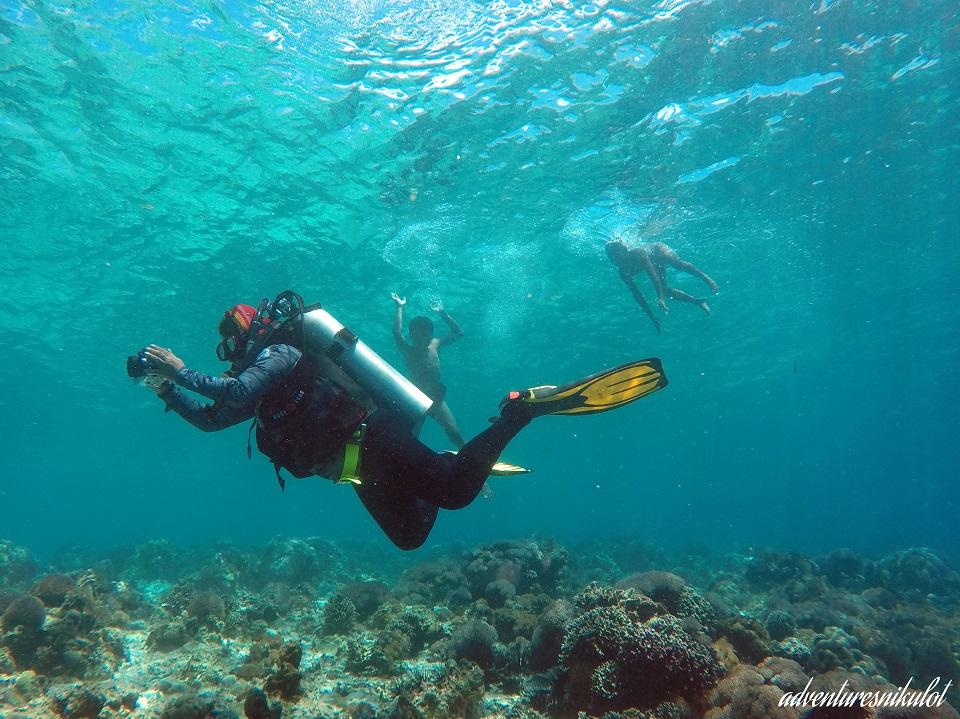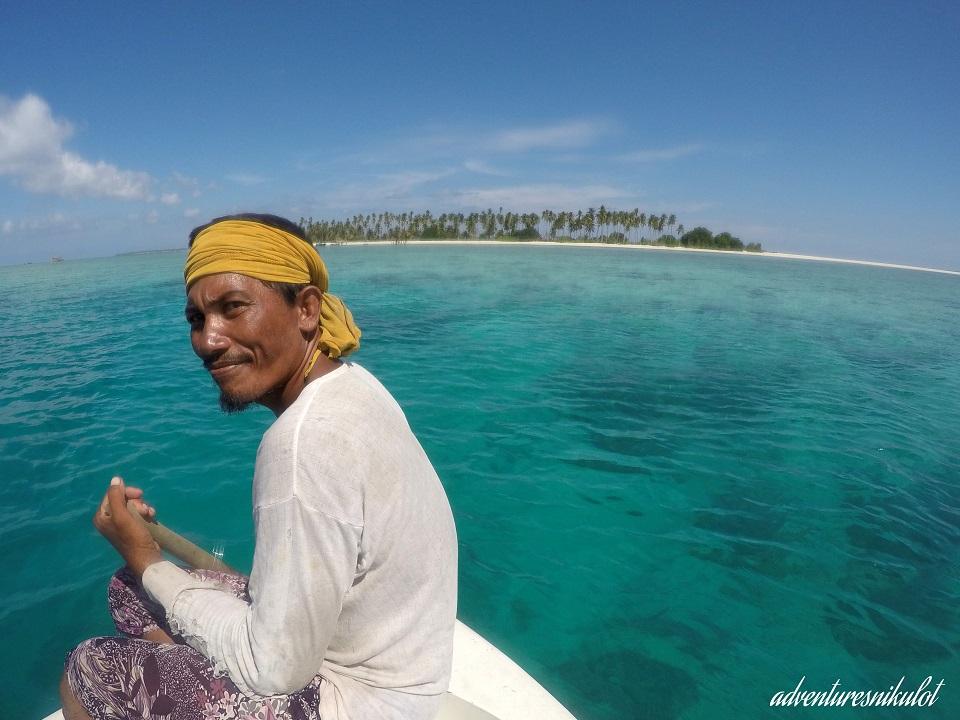Diving into the pristine blue waters of Tawi-Tawi

My third visit to Tawi-Tawi further confirmed that it is indeed one of the most pristine and beautiful provinces in the Philippines. Its white sand beaches, turquoise waters, and unique culture truly make this paradise a must-visit on any traveler's bucket list.
Tawi-Tawi has 307 archipelagic islands, most of which are surrounded by fringing reefs. I was fortunate to have joined previous expeditions to the isolated island municipalities of Mapun, Sibutu, Sitankai and Turtle Islands, though our dives that time were far from our usual scientific working dives—no transects, no listing of corals and fish you encounter.
This time, on board a Philippine National Police Maritime patrol boat, we first headed towards Sanga-Sanga reef fronting the airport.
The Sulu-Celebes Seas boundary is notorious for its strong currents, which make scuba diving in Tawi-Tawi even more exciting. Strong currents produce reef productivity: more plankton, more active fish life.
During our pre-dive, we were oriented that our dives would be drift dives, which means that we would get off from one point, be drifted by the current, and be picked up by our boat afterwards. We went down the reef crest, with a slight current that was enough to carry us along the slope at maximum depth of 12 meters. The reef slope was patchy with a high abundance of soft corals, a characteristic of reefs exposed to high currents. Schools of butterflyfish hopped from one coral to another.

Long, thin trumpetfish floated by like sticks. It was my first time to see schools of Moorish idols (Gill in Finding Nemo). The coral cover improves from the reef crest to the reef flat. It was a myriad of colors, a kaleidoscope of marine life.
During our surface interval time, we were delighted with junay, a Tausug delicacy of rice cooked in toasted coconut, and views of Bud Bongao.
For our second dive, we headed southwards to another island municipality, Simunul, which boasted turquoise waters that were truly inviting. Its fringing reef has more hard coral cover than Sanga-Sanga. Soft corals were still abundant in the slope.
Butterflyfish were common, an indicator that the reef is in good health. My dive buddy and I were in front of the group when we saw a sea turtle swimming into the blue. A school of fusiliers (dalagang bukid) passed by too.
We still had plenty of remaining air during our ascent, so we opted to go around the shallower reef flat, where we witnessed a sea snake foraging in the crevices. Curious Sama kids who were towing their boat were free-diving to watch us.
Another highlight of the day was our lunch and rest time at Panam Pangan Island in the municipality of Sapa-Sapa.

I would agree that Panam Pangan has finer sands than those of Boracay. It has wide seagrass beds, mangroves further back, and long sand bars that stretch out on the island's sides. They call it “virgin beach” because only a few tourists have set foot on it. Our buffet lunch included freshly grilled rabbitfish, unicornfish and barracuda.
On our way back, I observed houses on stilts and Muslim boats.
Tawi-Tawi offers a blissful experience of nature, culture and adventure. I thanked God and told myself that I will definitely go back to Tawi-Tawi again (and again). I have yet to explore and discover more of its God-given wonders. — BM, GMA News




